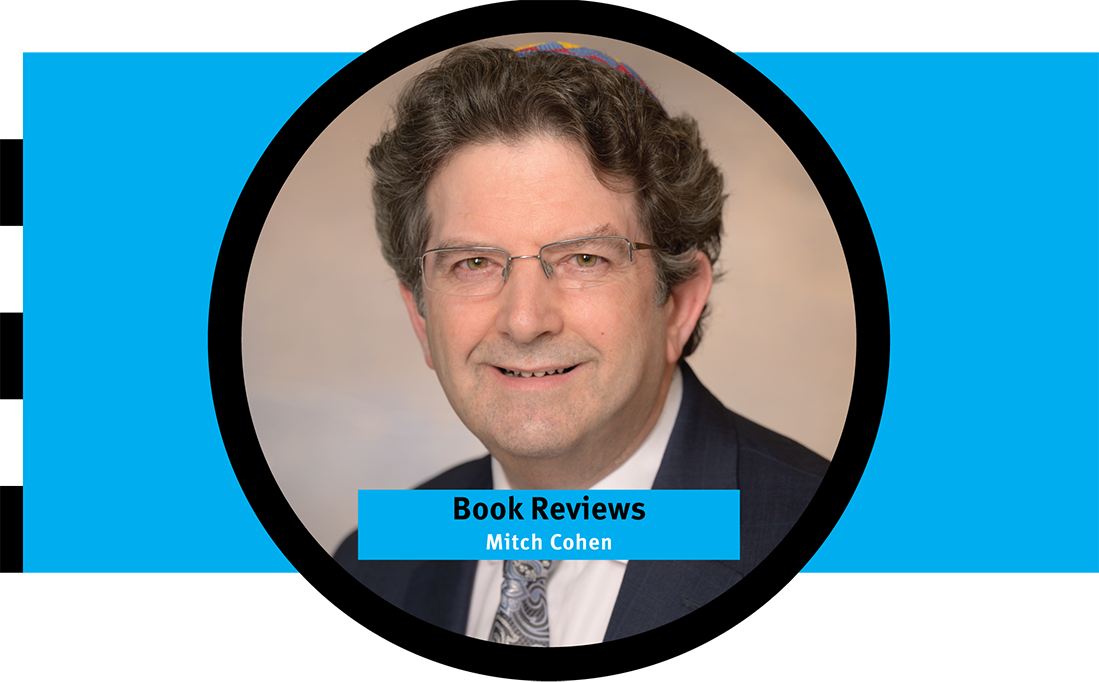This first book is a new edition of a guidebook to all things Cincinnati.
“100 Things To Do In Cincinnati Before You Die,” by Rick Pender
After three years of canceled events and closed venues, more of our favorite activities are happening again. Yet not everyone is ready to hop on a plane or plan an expensive trip. This book provides plenty of ideas for things to do right here in Cincinnati. Previous editions were published in 2016 and 2019, and with how often small venues open or close, it is good to have a new update. Each entry conveniently gives the phone number, address, and website for the venue or event, so it is easy to find additional information before you plan an outing. There are also several lists of suggested sites based on specific interests, such as family-friendly kid stuff, the outdoors, and historical destinations. If you still prefer the social distancing of the outdoors, many of those are also included.
There is something here for everyone, with sections on food and drink, music and entertainment, sports and recreation, culture and history, and shopping and fashion. Most likely no one will really want to do all 100, since we aren’t all interested in every type of activity, but the sentiment is that there is always something fun to do around town. There are many of our classic venues such as the zoo and Krohn Conservatory, and also a few spots outside the city, such as the Pyramid Hill sculpture park and the Loveland Castle. Most other sections also include areas a little bit outside of Cincinnati, especially Northern Kentucky. A page about all the chili options in the area includes Dixie Chili, with 3 Kentucky locations. The Baker’s Table is a fairly new restaurant in Newport. And there are many Cincinnati favorites, such as Arnold’s, Graeter’s, and Sugar ‘n’ Spice. A few bars, breweries, and distilleries are also included.
We are fortunate to have music ranging from the down home to the highbrow, the Comet Bluegrass All-Stars to the opera and symphony. Cincinnatians love their festivals, and there are entries for the May Festival, Christ Church Cathedral’s Boar’s Head Festival, and Oktoberfest, with the annual chicken dance and running of the wiener dogs.
Cincinnati’s Jewish heritage merits a page each on the Skirball Museum at HUC and downtown’s Plum Street Temple.
If a family outing to Plum Street Temple piques anyone’s interest about its origin, a new book for children ages 5-10 provides the background.
“Dream By Dream: The Story of Rabbi Isaac Mayer Wise,” by Geri Kolesar
This book covers the life of Isaac Mayer Wise, beginning with his birth in 1819 in a small town that is now in the Czech Republic. There was little money or opportunity for a child who showed an early interest in studying, so Isaac’s parents sent him to live in a larger village with his grandparents, where he could attend a better school. Isaac’s grandfather was a physician and had a keen interest in Judaism, which he passed on to Isaac. Isaac was still a teenager when his grandfather died, and he went to Prague to study to become a rabbi, living with various Jewish families and seeing the differences in Jewish practices.
After marrying and starting to lead a small congregation, Rabbi Wise began to question some of the traditional Jewish customs. He wanted girls to be educated in the same way the boys were, and he wanted everyone to sit together in worship services. But the families at his synagogue were not ready for such major changes, and in 1846, Wise and his wife and infant daughter boarded a ship to the United States, where there were Jews wanting to form new congregations, but few rabbis available to lead them.
Wise started out in Albany, where most Jews were still devoted to the old customs. As his more modern ideas became known to other Jewish groups, a congregation in Cincinnati invited Wise to become their rabbi. When they had a large enough membership to build their own temple, Wise intentionally chose the location on Plum Street, close to Christian churches. He wanted Jews to socialize with other groups rather than form separate communities as they had during his childhood in Europe. The establishment of Hebrew Union College was the culmination of Wise’s desire to educate rabbis in a more modern way of religious practice. While it was many years after his death in 1900 that women were first ordained, it was always Wise’s intention for women to have a role in religious education and ritual. Eventually he was honored when the English name Isaac M. Wise Temple was added to the Hebrew name of the reform congregation K.K. B’nai Yeshurun.
Both of these books make interesting reading, whether you grew up in Cincinnati and were familiar with some of this information, or, if you are a recent resident or would just like to share some of this information with friends and relatives in other cities.



